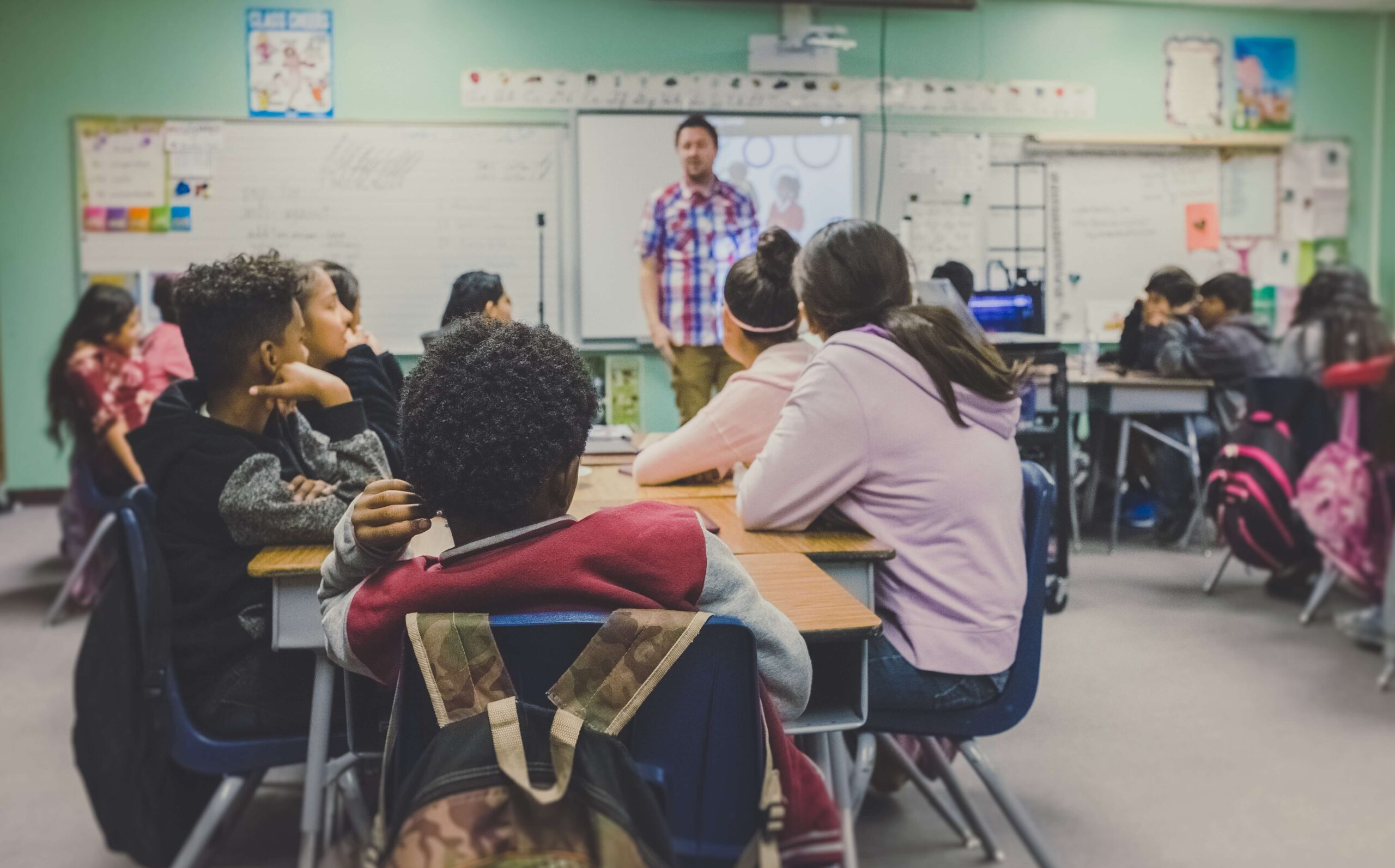The state of public education is always a significant topic of conversation in the United States, but many of those conversations have recently become more critical, skeptical, and full of uncertainty. As important as educating the next generation may be to a majority of Americans, the current system is not without its flaws.
Public schools clearly face many challenges today — some of them modern versions of old issues, others brand-new problems with no road map to follow in the ongoing search for solutions.

The first step to solving any problem is to acknowledge it. The next is to work to understand why it exists and how it came to be. To begin, take a look at six of the most significant challenges public schools are currently facing.
1. Funding
While public education is intended to offer a level playing field for children to learn, grow, and reach their potential, disparities in funding create inequity between children raised in higher-income areas of the country and those raised in lower-income areas.
There are countless studies that show just how much funding affects student access in various areas.
When a school is better funded, it is capable of reducing class size, which plays a big role in a young person’s odds of grasping new information and getting the attention they need when they’re struggling.
Funding also allows various programs that can help support students in need, such as before- or after-school programs, early childhood programs, or programs for children with special needs.
2. The Effects of the Pandemic
Perhaps the most unique challenge public schools are facing today is adjusting to a post-COVID world. While it seems that the world has largely returned to its normal rhythm, many aspects of society that have been changed by the pandemic will likely never quite revert back to where they once were. Public school is one of them.
Many efforts — such as this education initiative — are being made toward addressing these changes and discovering how educators and students can best adjust to them. But the full scope of the pandemic’s effect on public schools is something that likely won’t be fully assessed for years to come; efforts must continue.
3. Bullying
Bullying is just about the oldest school-related issue there is, but it has evolved significantly over the years and is now something of a crisis in many schools. While great strides have been made in identifying and discouraging bullying, social media and smartphones have made it an even more complex and difficult issue to address.
With bullying between classmates occurring online outside of school hours, it can be difficult for schools to develop a strategy to solve — or at the very least, mitigate — the problem. And it is a critical problem to address; studies have found that victims of bullying are two to nine times more likely to have suicidal thoughts than those who are not bullied.
4. Mental Health
Mental health concerns are on the rise in America in general, but perhaps the greatest victims of this growing trend are young people who lack both the vocabulary to describe their struggles and the resources to help address them.
Various factors may be contributing to the increase in adolescent mental health struggles, including home environment, family conflict, abuse and neglect, a lack of community support, and the increase in anxiety and fear caused by the COVID-19 pandemic.
Public schools are starting to improve the resources they offer to students who are struggling mentally, but they have a long way to go.
5. Lack of Support for Teachers
Students may be the main focus when it comes to the challenges facing public schools, but the teachers who are expected to provide them with a quality education also deserve greater support than they currently receive. While this problem has always existed, in recent years, the support for educators has been dwindling rather than growing.
Educators are given oversized classes, minimal resources, various restrictions and protocols to follow, expectations extending well beyond their classroom duties, and low compensation for it all.
This lack of support doesn’t affect just the teachers; it affects every one of their students. An underserved, overstressed educator is not going to be fully capable of providing the education their students require.
6. Technology
The world is becoming more integrated with and dependent on technology by the day, and that’s having a profound effect on both young people and the schools they attend.
While there are obviously many benefits to the technology available today, it also creates a variety of complex issues that are brand-new to those attempting to address them in public schools.
From the immense distraction new technology can cause to the amount of cyberbullying it allows to the growing disparity between schools that can afford new technology and those that can’t, this issue is among the most multilayered and difficult challenges facing public schools today.
Technology may hold the power to provide even more effective education to young people, but those who work in public education must first clear the hurdles it creates.
With Every Challenge Comes an Opportunity
The obstacles that public schools face may seem innumerable and insurmountable, but the first step in solving these problems is identifying their nature and cause. Use this list as a starting point to identify areas of improvement for your district, and see where you can take action to make things better.

